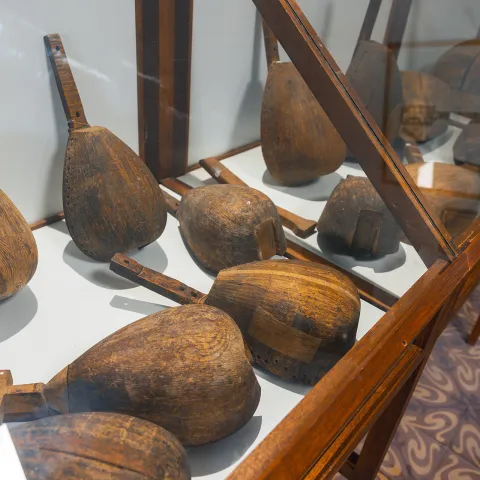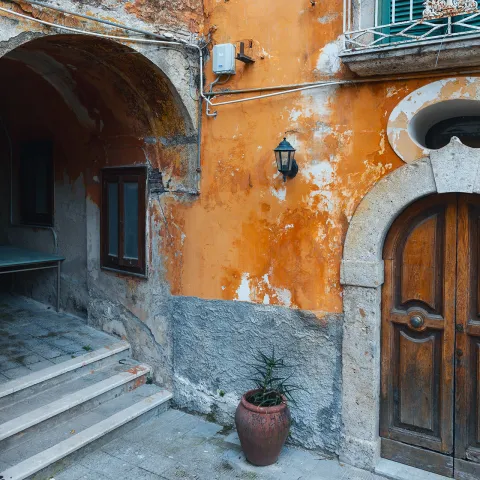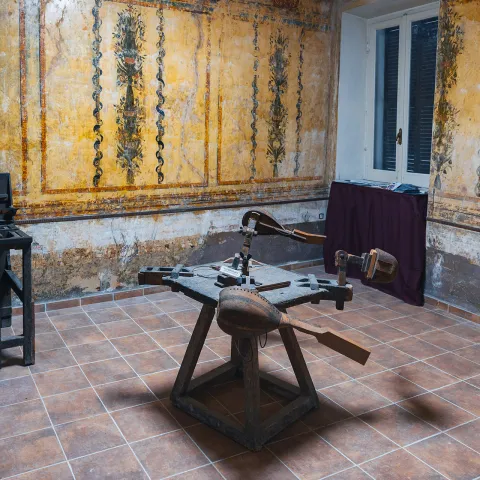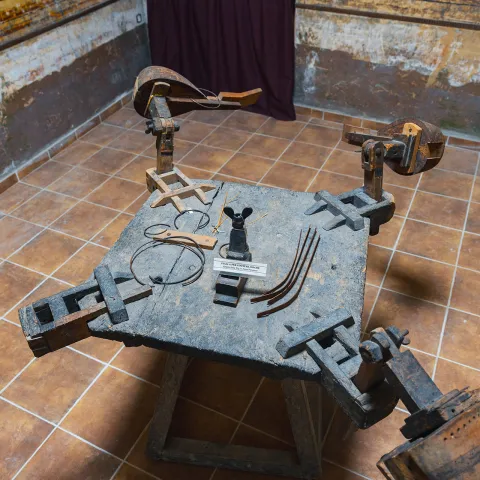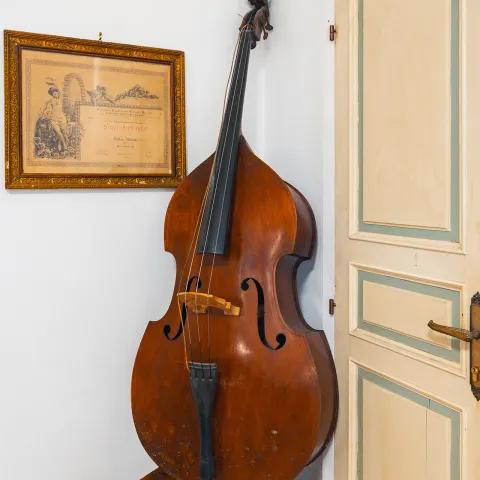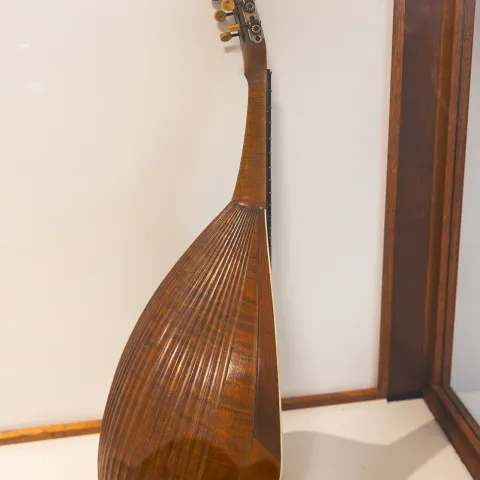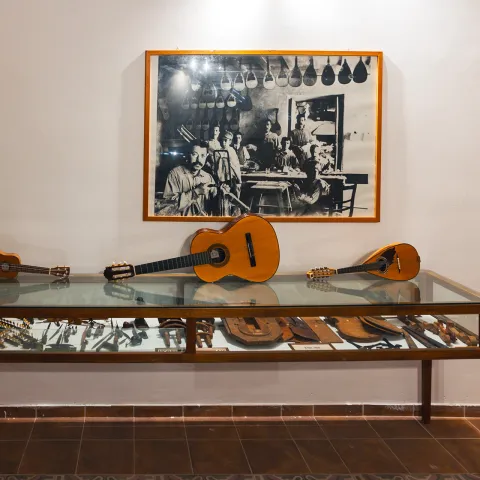Lutherie Museum
The art of violin making has a long-standing and illustrious tradition in Arpino, primarily thanks to the workshop of Master Luigi Embergher
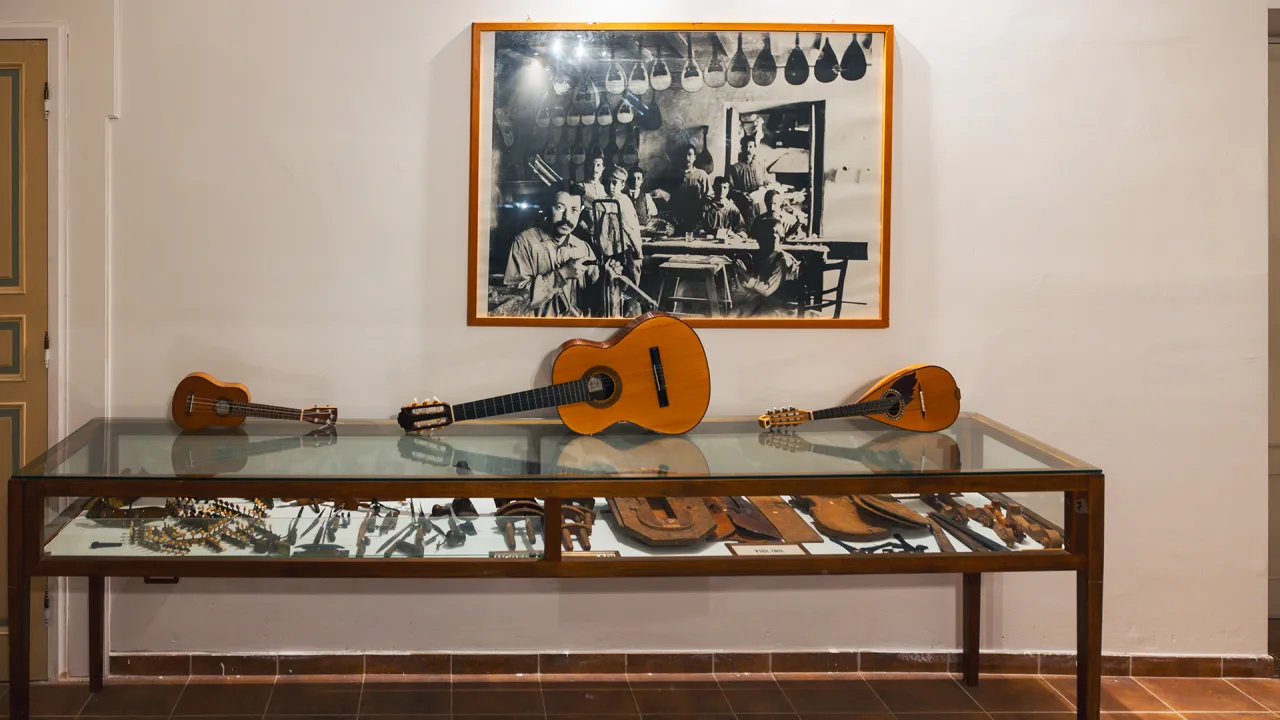
His work was carried on by his pupil and successor, Domenico Cerrone, who took over the business in 1938. The Embergher-Cerrone workshop, which employed up to fifteen workers, specialized in crafting Roman-style mandolins and even produced around one hundred instruments per month. For many years, violins, guitars, mandolins and other string instruments made in the Arpino workshop were exported all over the world and gained fame for their exceptional quality. Both Embergher and Cerrone earned prestigious international recognition as a result.
The museum, located in the Merolle-Felluca Palace, houses a collection of objects, materials, preparatory drawings, moulds, tools, machinery and both finished and in-progress instruments from the Embergher-Cerrone workshop. The collection highlights their expertise in producing Roman-style mandolins and other string instruments. It also includes a rich archive of documents, such as correspondence, photographs, newspaper articles, diplomas and international awards, which further illustrate the legacy of this remarkable violin-making tradition.
PHOTO GALLERY

VIDEO


